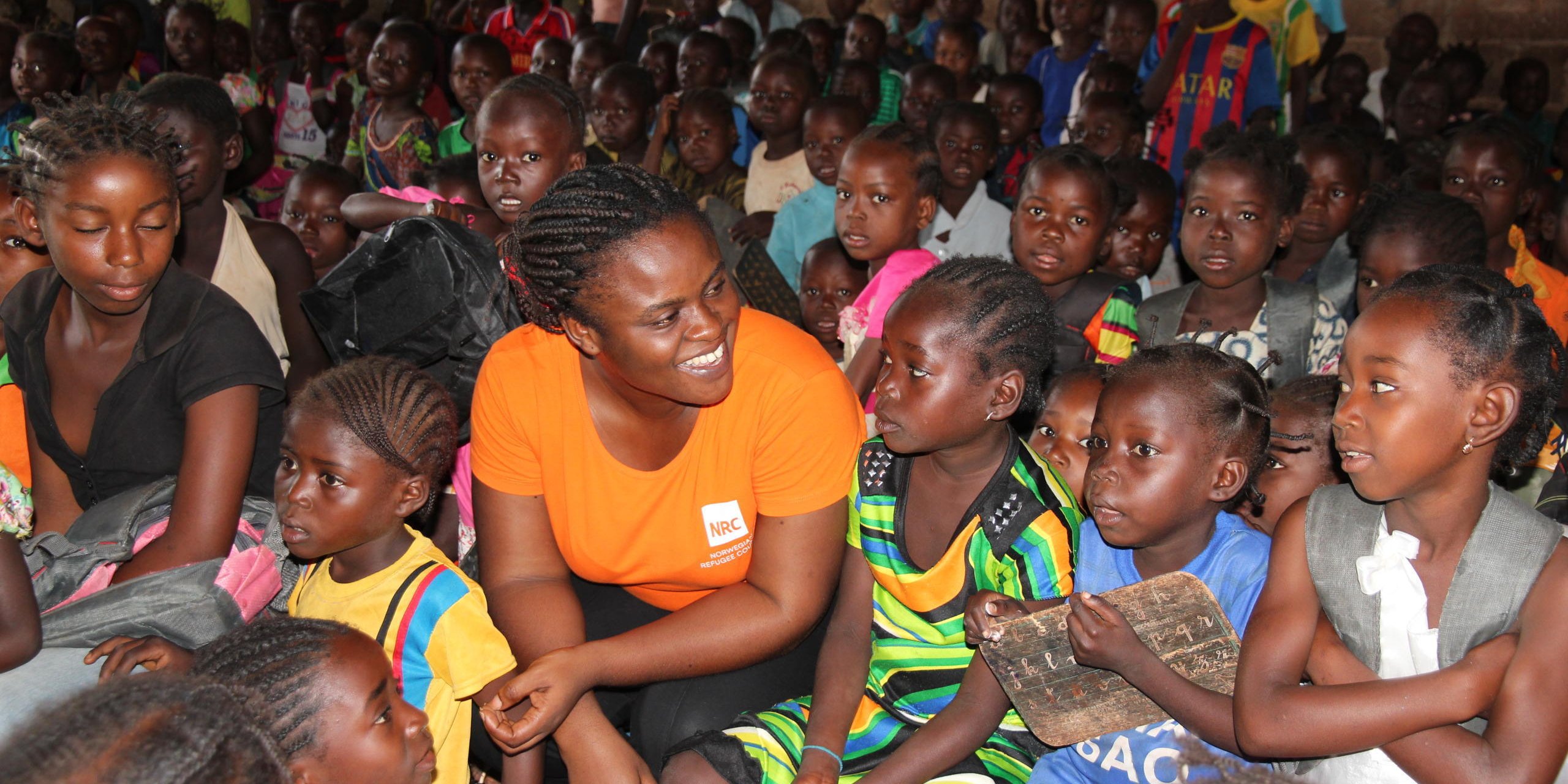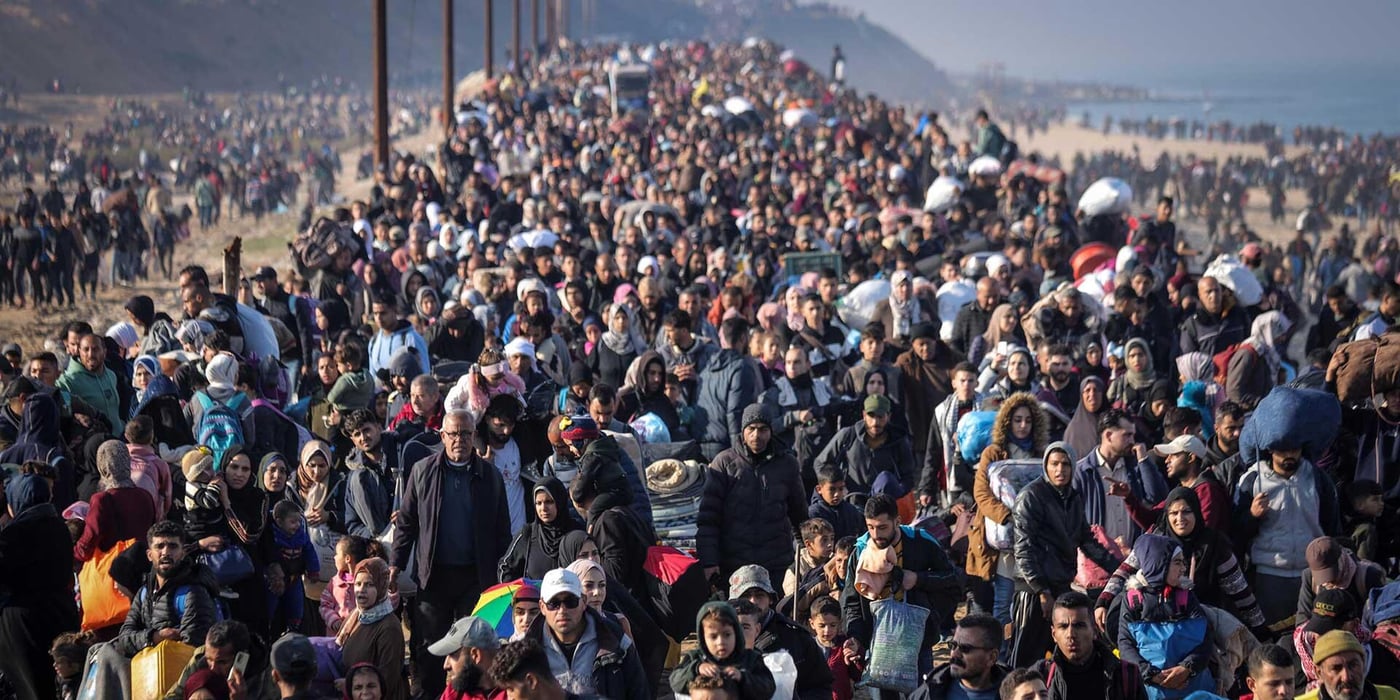
As part of the first World Humanitarian Summit and in line with our mission to protect the most vulnerable people in the world, we commit to the following:
We commit to upholding the norms that safeguard humanity
- We commit to ensuring that the protection of civilians is central to our work.
- We commit to implementing strong risk management systems which are aimed at lowering the risk of aid diversion.
- We commit to providing impartial assistance and protection based on needs alone, rather than being influenced by political agendas such as countering violent extremism.
- We commit to defending humanitarian principles through assistance and advocacy.
- We commit to defending the legal instruments established to protect displaced people.
- We commit to working to ensure protection leadership, protection coordination and protection outcomes are achieved across the humanitarian system.
- We commit to advocating for states to sign and implement the 2015 Safe Schools Declaration, and associated guidelines.
We commit to leave no one behind
- We commit to always asking 'are we reaching those most in need?'
- We commit to defending the 1951 Refugee Convention.
- We commit to supporting regional protection mechanisms.
- We commit to continuously highlighting the plight of displaced people.
- We commit to actively supporting the right of people to seek asylum.
- We commit to advocating for global responsibility-sharing for the protection of displaced people.
- We commit to eliminating gaps in education for children and youth.
We commit to transition from delivering aid to ending need
- We commit to strive to implement programmes which work towards finding durable solutions to displacement.
- We commit to providing global data which will assist responses to internal displacement.
- We commit to supporting the integration of displacement within disaster risk reduction, climate change and development plans.
- We commit to building the capacity of partners to strengthen disaster risk reduction efforts related to disaster and climate displacement.
- We commit to contributing to improvements regarding how the aid industry communicates with communities affected by crisis.
- We commit to bridging the gap between prevention, response and recovery.
We commit to improve humanitarian financing
- We commit to always asking 'Why not cash? And if not now, when?'
- We commit to scaling up cash programmes.
- We commit to advocate for humanitarian response plans to use multi-purpose cash assistance wherever appropriate.
- We commit to building capacity within our cash transfer programming and coordination.
- We commit to encouraging donors to develop flexible funding mechanisms which bridge the gap between humanitarian and development action.
(This is a summary of NRC’s commitments at the World Humanitarian Summit)



